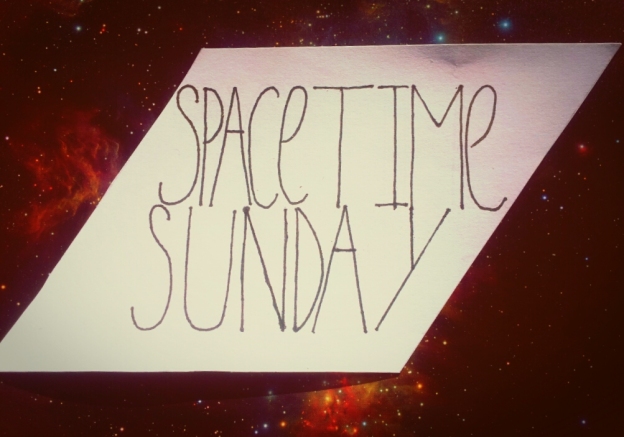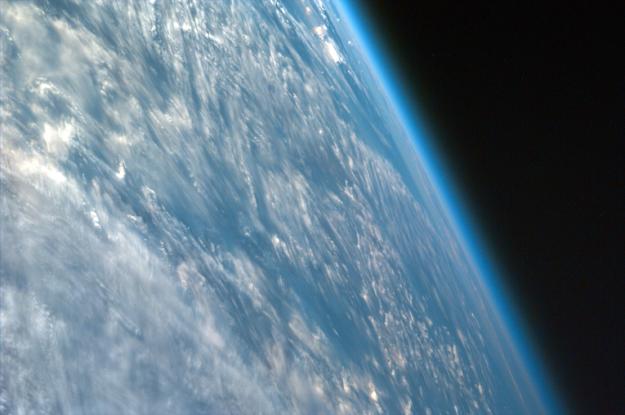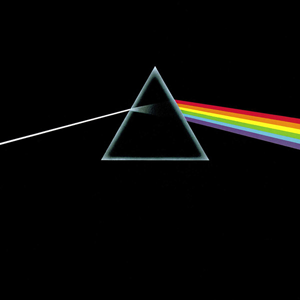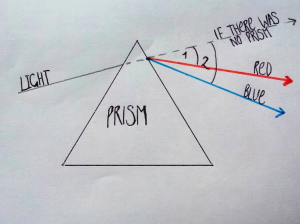Have you ever been swimming, gone to the bottom of the pool and looked up through the water, seen the lights dance?
Even though you know the light is staying still, to you it appears to occupy much more space than it actually does, blurring its true position.
That’s similar to what is happening. But instead of water and the refraction that is occurring, it is a fluid of another kind; our atmosphere. Every second we’re just going about our business at or near sea level, 10,000 Pascals of pressure push down on us- that’s about 14 lbs per square inch! There’s a lot between here and space. With that much gas and dust to get through, light travelling to us is bound to be affected. The turbulent mixing of the atmosphere causes distortions of the the light travelling through, and it is always on the move, so images received on earth are constantly changing.
In reality, anything we look up at in the sky is twinkling in this way, but the planets, the sun and the moon are all much closer and appear much larger in the sky, so rather than one point of light, they look more like disks on the sky (if only slightly more in the case of planets). So although it is still happening, the effect is more subtle with objects closer to us, because the area of the light source appears bigger on the sky, so even if individual light rays are subject to this, they’re still more likely to appear at our eyes inside the apparent disk the planet makes on the sky.
If you look at the moon with a telescope you start to see these effects. In fact when it comes to taking photos from the ground, it is really unhelpful to have an atmosphere (even if it helps us live to take the photo)! Besides having telescopes in space to remove the problem (which is wildly expensive), optical astronomers have their telescopes in high altitude places where the effects of this are lessened. They also have many a trick up their sleeves to cancel this effect, my favourite being adaptive optics, where a laser is pointed into the sky to make a pretend star and then since it is known what the laser point should look like, they can effectively see how the atmosphere is behaving, and using fancy mirrors inside the telescope, cancel it out. This is much cheaper than launching satellites, plus you get to work on top of a mountain! This effect is known as ‘seeing’ in astronomy. The better the seeing, the less distortion there is of the image.
It is not just imaging distant stars that this technique improves, either. Medical imaging of the eye benefited from this technique too! Often the things astrophysicists invent end up having incredible uses down on earth, too. More on that later in this blog feature when I talk about why we need space programs. Next week we’ll look at the treasure chest that is Orion, and you’ll never look at him the same way again!





